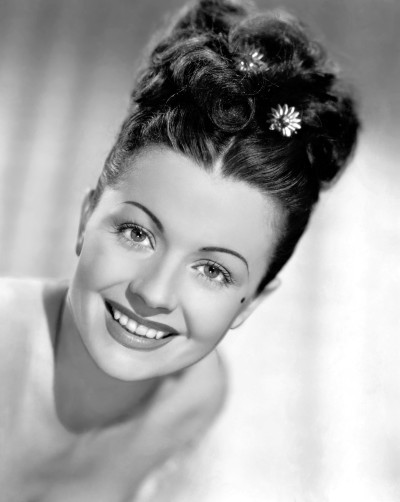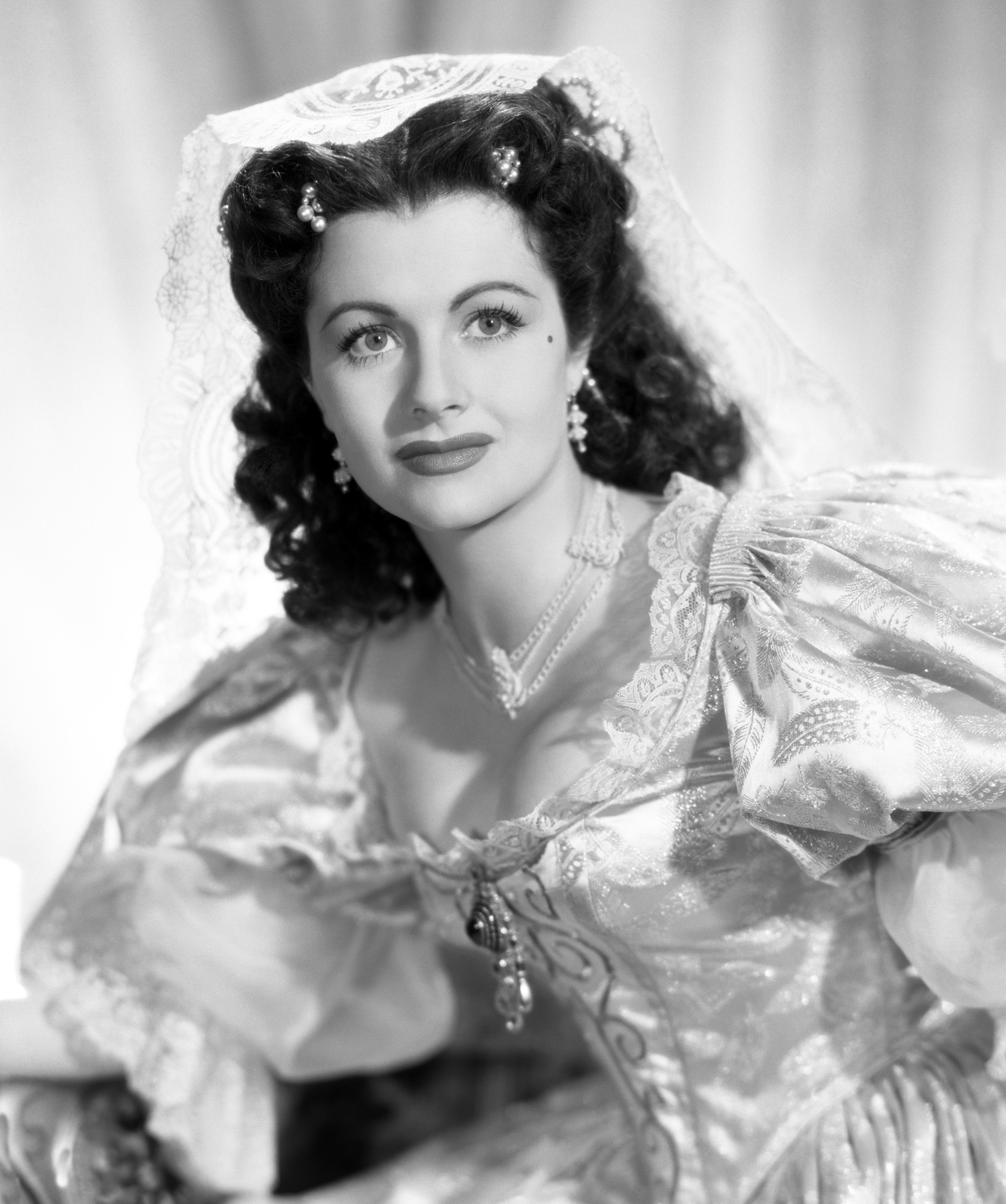Margaret Lockwood (Margaret Mary Lockwood Day)

She was born Margaret Mary Lockwood Day in Karachi, British India, to an English administrator of a railway company and his Scottish wife. Margaret Lockwood’s family returned to the United Kingdom when she was a child, along with her brother. She attended Sydenham High School for girls, and a ladies’ school in Kensington, London. She began studying for the stage at an early age at the Italia Conti, and made her debut in 1928, at the age of 12, at the Holborn Empire where she played a fairy in A Midsummer Night’s Dream. In December of the following year, she appeared at the Scala Theatre in the pantomime The Babes in the Wood. In 1932 she appeared at the Theatre Royal, Drury Lane in Cavalcade. Lockwood trained at the Royal Academy of Dramatic Art in London, where she was seen by a talent scout and signed to a contract. In June 1934 she played Myrtle in House on Fire at the Queen’s Theatre, and on 22 August 1934 appeared as Margaret Hamilton in Gertrude Jenning’s play Family Affairs when it premiered at the Ambassadors Theatre; Helene Ferber in Repayment at the Arts Theatre in January 1936; Trixie Drew in Henry Bernard’s play Miss Smith at the Duke of York’s Theatre in July 1936; and back at the Queen’s in July 1937 as Ann Harlow in Ann’s Lapse. Lockwood entered films in 1934, and in 1935 she appeared in the film version of Lorna Doone. In 1938 she starred in her most successful film, Alfred Hitchcock’s The Lady Vanishes, in which she first appeared with Michael Redgrave. In 1940 she played the role of Jenny Sunley, the self-centred, frivolous wife of Redgrave’s character in The Stars Look Down. In the early 1940s Lockwood changed her on-screen image to play villainesses in both contemporary and period films, becoming the most successful actress in British films during that period. Her greatest success was in the title role in The Wicked Lady (1945), a film which was controversial at the time and brought her considerable publicity. In 1946 Lockwood gained the Daily Mail National Film Awards First Prize for most popular British film actress.
She made a return to the stage in a record-breaking national tour of Noël Coward’s Private Lives in 1949, and also played Eliza Doolittle in George Bernard Shaw’s Pygmalion at the Edinburgh Festival of 1951, and the title role in J. M. Barrie’s Peter Pan in 1949, 1950 and 1957 (the last with her daughter Julia Lockwood as Wendy). Her subsequent long-running West End hits include an all-star production of Oscar Wilde’s An Ideal Husband (1965–66, in which she played the villainous Mrs Cheveley), W. Somerset Maugham’s Lady Frederick (1970), Relative Values (Noël Coward revival, 1973) and the thrillers Spider’s Web (1955, written for her by Agatha Christie), Signpost to Murder (1962) and Double Edge (1975). In 1969 she starred as barrister Julia Stanford in the TV play Justice is a Woman. This inspired the Yorkshire Television series Justice, which ran for three seasons (39 episodes) from 1971 to 1974, and featured her real-life partner, John Stone, as fictional boyfriend Dr Ian Moody. Lockwood’s role as the feisty Harriet Peterson won her Best Actress Awards from the TV Times (1971) and The Sun (1973). In 1975 film director Bryan Forbes persuaded her out of an apparent retirement from feature films to play the role of the Stepmother in what would be her last feature film, The Slipper and the Rose. This film also included final feature film appearances by several great actors of a bygone era including Kenneth More, Michael Hordern and Edith Evans. Her last professional appearance was as Queen Alexandra in Royce Ryton’s stage play Motherdear (Ambassadors Theatre, 1980). Margaret Lockwood was appointed a Commander of the Order of the British Empire (CBE) in the New Year Honours of 1981. She was the subject of This Is Your Life in December 1963 when she was surprised by Eamonn Andrews at the BBC Television Centre. Roy Plomley interviewed her for Desert Island Discs on 25th April 1951. Margaret Lockwood married Rupert Leon in 1937; they divorced in 1949. She lived her final years in seclusion in Kingston upon Thames and died in the Cromwell Hospital, Kensington, London from cirrhosis of the liver, aged 73. She was cremated at Putney Vale Crematorium. She was survived by her daughter, actress Julia Lockwood (née Margaret Julia Leon, born 1941).
Born
- September, 15, 1916
- Karachi, British India
Died
- July, 15, 1990
- United Kingdom
- London, England
Cause of Death
- cirrhosis of the liver
Other
- Cremated



